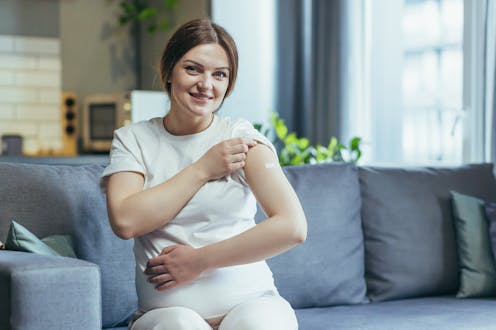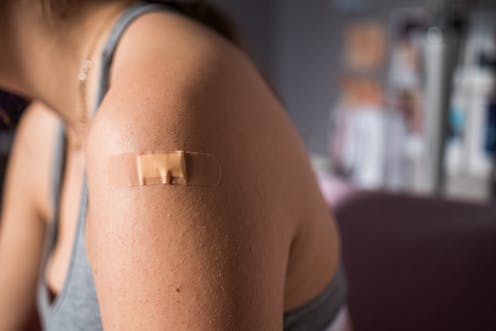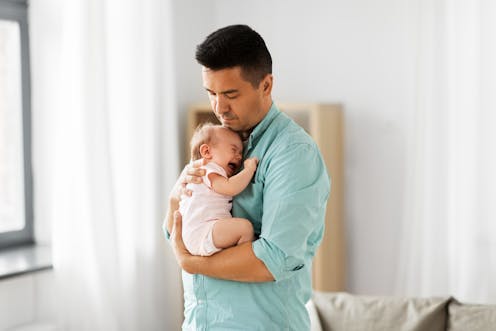
- Professor of Paediatrics and vaccinologist, Royal Childrens Hospital, University of Melbourne and Murdoch Childrens Research Institute (MCRI); Associate Dean International, University of Melbourne, Murdoch Children's Research Institute

The RSV vaccine is one of three vaccines covered under the National Immunisation Program for pregnant women.

While the inquiry gets most things right, as vaccine experts, we argue the government response should be broadened in three areas.

Whooping cough is surging in Australia. In 2024, we’ve already recorded more than six times the cases we saw in all of 2023.

Even otherwise healthy children can end up in hospital with this winter respiratory virus.

It’s natural to have questions about the risks and benefits of COVID vaccines in young children. Here’s what you need to know ahead of Australia’s rollout.

The government’s new $11 million winter COVID and flu vaccine ad campaign gets some things right, but it doesn’t connect on an emotional level or address concerns about common side effects.

If what you’re reading seems too good to be true, it probably is.

It doesn’t need to be scary or painful. With the right technique, you’ll be able to perform this test quickly and safely at home.

If you or your child test positive for COVID, you clearly can’t go to that vaccination or booster appointment you had booked this week. So, when can you go?

Children have been hearing about the dangers of COVID since the pandemic began. Here’s how to help them understand and cope with a positive diagnosis.

There are very few situations where someone can’t have a COVID vaccine for medical reasons.

While the vast majority of health workers are prepared to accept COVID vaccinations, we need to make sure the concerns of the minority are heard and don’t compromise safety.

4 out of 5 experts said yes.

The rise of the Delta variant does seem to be associated with more COVID transmission in schools than what we’ve seen previously. But kids are much less likely to become severely unwell.

It’s an absolute priority we find and use ways to support kids to continue face-to-face learning in times of low community transmission, especially primary schools.

Community leaders or trusted work colleagues can be COVID vaccine advocates and help boost vaccination rates. Here are some simple steps they can take.

The AstraZeneca COVID vaccine is now available to Australians over 50. Here’s what you need to know before you roll up your sleeve.

We need a layered strategy — depending on the amount of community transmission – to ensure the response isn’t the same every time with each snap lockdown: to close schools. Here’s how to do it.

Pausing COVID-19 vaccine rollouts can backfire. There are better ways to manage safety issues while they’re being investigated.

Years of vaccine research tells us that, if side effects are going to occur, they normally occur within the first months after getting a vaccine.

Based on closely following outbreaks in schools and early learning centres across Australia throughout 2020, we have enough evidence to show how students can return to school safely.

The best approach for protecting everyone’s health will require us to provide different vaccines to different people according to need and availability.

There’s no guarantee future COVID-19 vaccines will work in the elderly. So we can consider vaccinating the young first to protect them. Here’s what we need to work out first.

A new report shows out of 1 million students enrolled in all Victorian schools, only 337 may have acquired the virus through outbreaks at school.

The government should used trusted spokespeople, tailor information so it can be understood by different groups, acknowledge people’s concerns, be transparent, and seek public feedback along the way.
Contact Margie for
- General
- Media request
- Speaking request
- Consulting / Advising
- Research collaboration
- Research supervision
- Melbourne, Australia
- @DanchinMargie
- Article Feed
- ORCID
- Joined